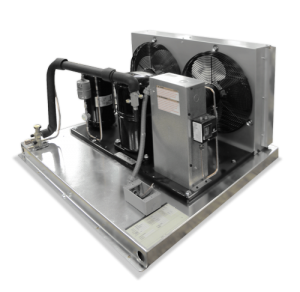 BSI, the business standards company has published PAS 212, Automatic resource discovery for the Internet of Things – Specification. The specification, which will make it much easier to discover Internet of Things data, has been developed in conjunction with the Hypercat Alliance which is supported by funding from Innovate UK and is backed by a large number of businesses, public sector organizations and academia.
BSI, the business standards company has published PAS 212, Automatic resource discovery for the Internet of Things – Specification. The specification, which will make it much easier to discover Internet of Things data, has been developed in conjunction with the Hypercat Alliance which is supported by funding from Innovate UK and is backed by a large number of businesses, public sector organizations and academia.
The Internet of Things (IoT) describes the emerging network of devices connecting everyday objects with sensors and actuators. Currently there is no standard in place which allows for the automatic discovery of data from these connected objects. As such PAS 212 is the first step towards an open, international standard for IoT interoperability.
It has been estimated that many billions of connected devices will be part of IoT in the coming years. To reach its full potential, software interfaces need to be standardized so that software engineers are not required to write and re-write interfaces for each new application or service they need to support.
Scott Steedman, Director of Standards, BSI, commented, “BSI is proud to have facilitated the development of the Hypercat specification into its new PAS 212 form, a standard which will underpin interoperability in the IoT. This standard has huge potential to unlock the economic and social value of data across all sectors of the economy, including cities, infrastructure, health, transport and manufacturing.”
PAS 212 aims to help software engineers for IoT define a simple, lightweight and standardized method whereby publishers can advertise their resources and subscribers can automatically discover and “understand” these resources. It will allow any IoT-capable device to interoperate easily with other devices without the need for intervention from a human programmer.
Justin Anderson, Executive Chairman at Flexeye, one of the founders of the Hypercat Alliance said: “The publication of PAS 212 will make it much easier to discover and use Internet of Things data. This is an important step to tackle the major challenge of IoT interoperability, helping to unleash $trillions in value by massively accelerating innovation in applications and services.”
What PAS 212 covers:
- A mandatory file format for representing a catalogue of linked-data resources, annotated with metadata
- Recommendations for catalogue access in file transport; security mechanisms to protect access and to prove provenance; search functions; subscription mechanisms; well-known entry-points and machine-readable hints to ease usability
It does not cover implementation of the linked-data resource services themselves.
PAS 212 is for use by software engineers for IoT (or web services more generally), who are seeking to write a software interface for a client that does not need to be re-written every time it is used with a new server; and write a software interface for a server that does not need to be re-written every time it is used with a new client.
Source: http://www.bsigroup.com/en-GB/about-bsi/media-centre/press-releases/2016/july/Internet-of-Things-interoperability-specification-is-published/




